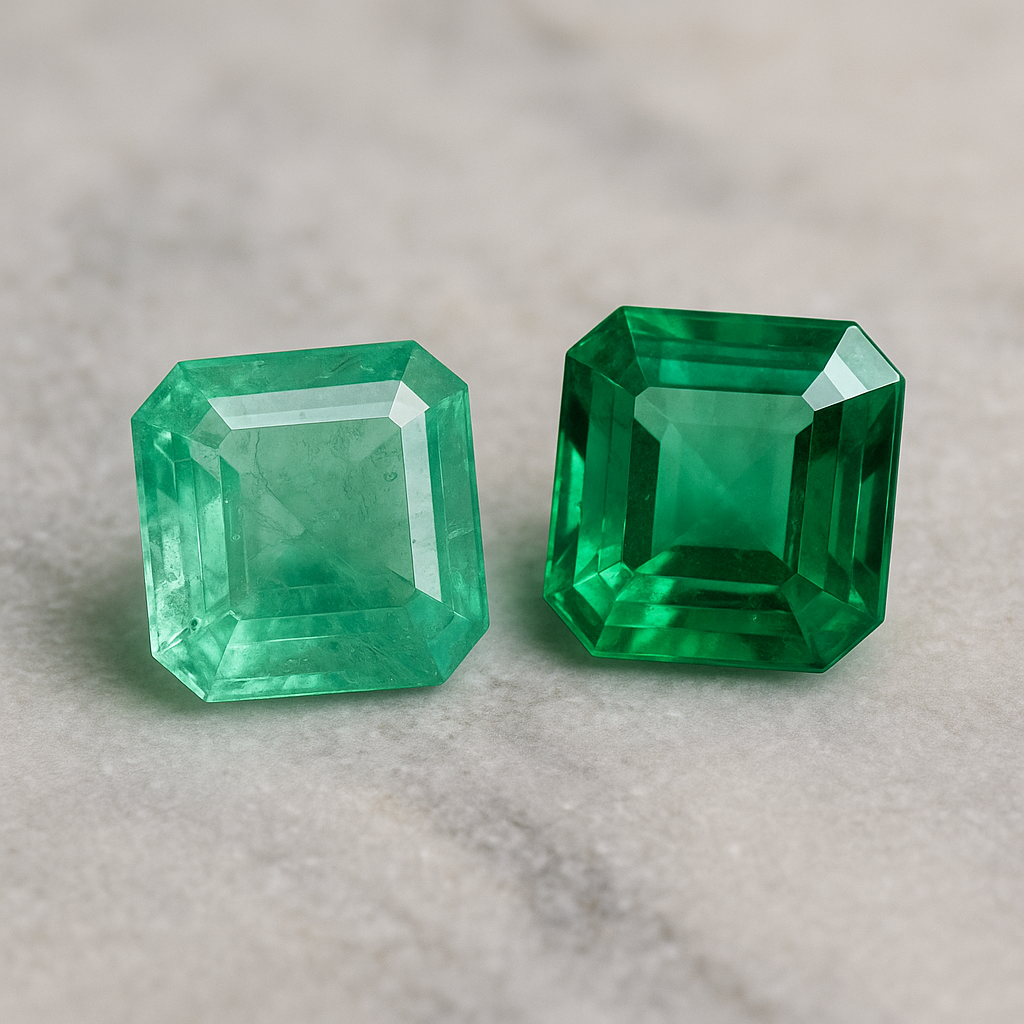Movie-Like Colombian Emerald Heist In France
In a daring robbery that took place on October 19, 2025, the Louvre Museum in Paris suffered one of the most shocking thefts in its history: thieves broke in broad daylight and, within minutes, stole French crown jewels valued at approximately €88 million.
Beyond the material losses, this heist carries deep implications for the gemstone world — particularly for the emerald market, especially Colombian emeralds — and for the reputation of top-tier cultural institutions. This article examines the Louvre’s importance, its connection with Colombia’s emerald trade, the details of the robbery, and the status of the investigation.
What Is the Louvre Museum?
The Louvre Museum, located in Paris, France, is one of the world’s most important cultural institutions. Known globally for masterpieces such as the Mona Lisa, it houses over 30,000 works of art and receives millions of visitors each year. It is also home to the French Crown Jewels, including royal pieces from the 19th century.
Its institutional prestige makes it an international benchmark for art, history, and heritage value — a factor that indirectly influences the gem and jewelry trade, as any exhibition at the Louvre brings global visibility.
Why Is This Museum So Important for the Colombian Emerald Trade?
- Global reputation and brand impact: When an institution of the Louvre’s stature includes pieces featuring Colombian emeralds in its collections or exhibitions, it reinforces the perception that Colombian emeralds are of the highest quality and worthy of being part of the world’s cultural heritage.
- Historical and commercial trace: Colombian emeralds have long been part of Europe’s royal jewelry collections and institutions. For instance, the collection of the Paris School of Mines includes emeralds from Muzo donated alongside the French Crown Jewels. Being associated with the Louvre or other major institutions gives these gems “heritage value” beyond mere market price.
- Historical and religious symbolism: Colombian emeralds have also transcended into the religious sphere — for example, the Baroque monstrance La Lechuga in Bogotá contains around 1,485 Muzo emeralds. The fact that Colombian-origin pieces are present in international museums and artistic contexts reinforces their legitimacy as luxury gemstones and as part of the global history of jewelry.
For all these reasons, the Louvre robbery also affects the Colombian emerald ecosystem: the loss of pieces containing these gems reduces heritage visibility, while the security and reputation implications may influence global perceptions of the emerald trade.
How Did the 2025 Heist Unfold?
The robbery occurred on October 19, 2025, around 9:30 a.m., in the Galerie d’Apollon of the Louvre. At least four thieves used a truck-mounted elevating platform to reach a third-floor window overlooking the Seine. They cut through the glass, broke into the Crown Jewels room, smashed display cases, and escaped on motorcycles.
The entire operation lasted between four and seven minutes, surprising authorities with its speed and professionalism. Investigators found tools such as grinders, gas torches, gloves, and other evidence at the scene. The motive appears to have been the royal jewelry collection, which included items of immense historical and gemological value.
Which Emerald Jewels Were Stolen?
According to reports, between six and eight items were stolen, including pieces featuring Colombian emeralds. Among them:
-
An emerald necklace given by Napoleon I to his second wife, Empress Marie-Louise, in 1810, containing 32 emeralds and 1,138 diamonds.
-
A pair of earrings from the same set belonging to Empress Marie-Louise.
-
A tiara of Empress Eugénie (wife of Napoleon III), featuring more than 1,000 diamonds and 212 pearls, also listed among the stolen items.
-
The Imperial Crown of Eugénie, with 1,354 diamonds and 56 emeralds, was recovered near the museum after being abandoned by the thieves, although it sustained damage.
What Happened with the Investigation?
French authorities immediately launched an investigation into organized theft. The Paris Prosecutor’s Office estimated the value of the stolen pieces at €88 million. Around 60 officers were initially assigned to the case, reviewing surveillance footage, fingerprints, and possible escape routes.
So far, no arrests have been announced, raising the possibility that the pieces have been redesigned or may reappear on the black market. Authorities warn that the greatest loss is heritage-related rather than economic.
By Paula A. Bonilla
Social communicator and journalist from Universidad Sergio Arboleda in Colombia. Passionate about learning continuously about precious gemstones and fine national jewelry. She currently works for one of Bogotá’s most prestigious jewelry houses, Emerald by Love, which has over 40 years of experience in emeralds and operates two physical locations in the heart of Colombia’s capital.


